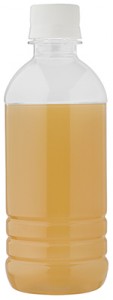Our treatment process
Watch the video below to learn about where your drinking water comes from, how it’s treated and what we’re doing to make your water taste great.
Ian Bartlett Water Purification Plant
The Ian Bartlett Water Purification Plant (IBWPP) was constructed in 1990 to improve drinking water quality. It is located in the Bass hills near Glen Forbes.
The IBWPP at Candowie Reservoir supplies drinking water to our customers via a large water main to the mainland and Phillip Island.
Raw water from Candowie Reservoir is treated using a combination of oxidation, adsorption, flocculation, coagulation, dissolved air flotation, filtration, pH correction, fluoridation and disinfection at the IBWPP.
The source water is predominantly high in nutrients and organics, and quality is typical of water that is sourced from an open, unprotected catchment. Below highlights the treatment process used at IBWPP.


